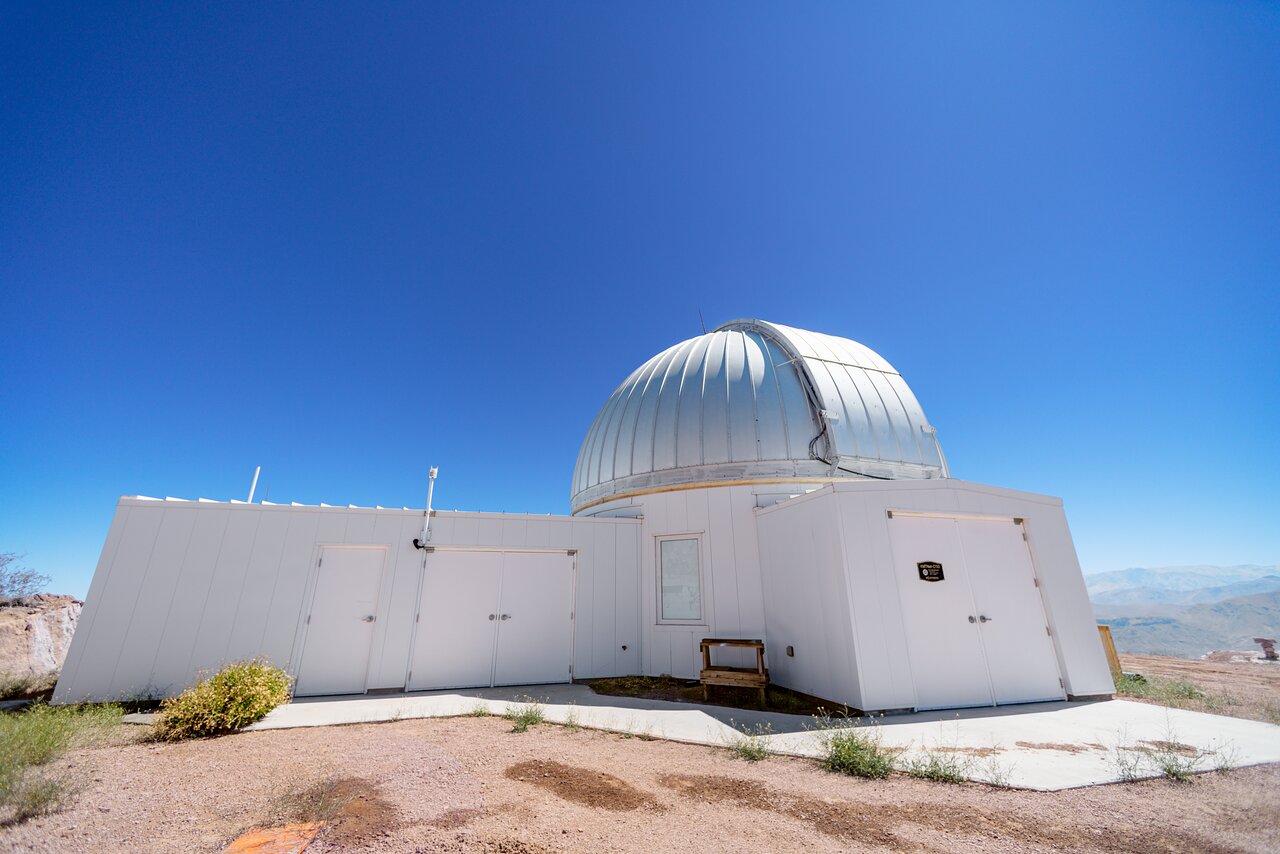KMTNet 1.6-meter Telescope

The wide-field photometric survey system called the Korea Microlensing Telescope Network (KMTNet) consists of three sites in the southern hemisphere (Chile, South Africa, and Australia). The purpose of having three telescopes in three different time zones is to have uninterrupted monitoring of night sky sources in the southern hemisphere.
For scientists: More details can be found on the science page.
KMTNet 1.6-meter Telescope
| Name(s) |
KMTNet 1.6-meter Telescope |
| Status |
Operational |
| Broad Science Goals |
The KMTNet aims primarily to discover extrasolar planets based on the analyses of gravitational microlensing phenomena, especially the detection of Earth-mass planets in the habitable zone. |
| Site |
Cerro Tololo, Chile |
| Location Coordinates |
30º 10’ 01.84’S
70º 48’ 17.24’W |
| Altitude |
2167 meters (7110 feet) |
| Enclosure |
9.2-meter dome from ASH-DOME |
| Type |
|
| Optical Design |
|
| Field of View |
2.0 by 2.0 square degree |
| Diameter: Primary M1 |
1.6 meters |
| Material: Primary M1 |
N/A |
| Diameter: Secondary M2 |
N/A |
| Material: Secondary M2 |
N/A |
| Mount |
Fork-type equatorial mount |
| First Light Date |
|
| Adaptive Optics |
N/A |
| Images taken with the KMTNet 1.6-meter Telescope |
Link |
| Images of the KMTNet 1.6-meter Telescope |
Link |
| Videos of the KMTNet 1.6-meter Telescope |
Link |
| Press Releases with the KMTNet 1.6-meter Telescope |
Link |
|
Please help us to complete this page by emailing information and corrections to info@noirlab.edu.
